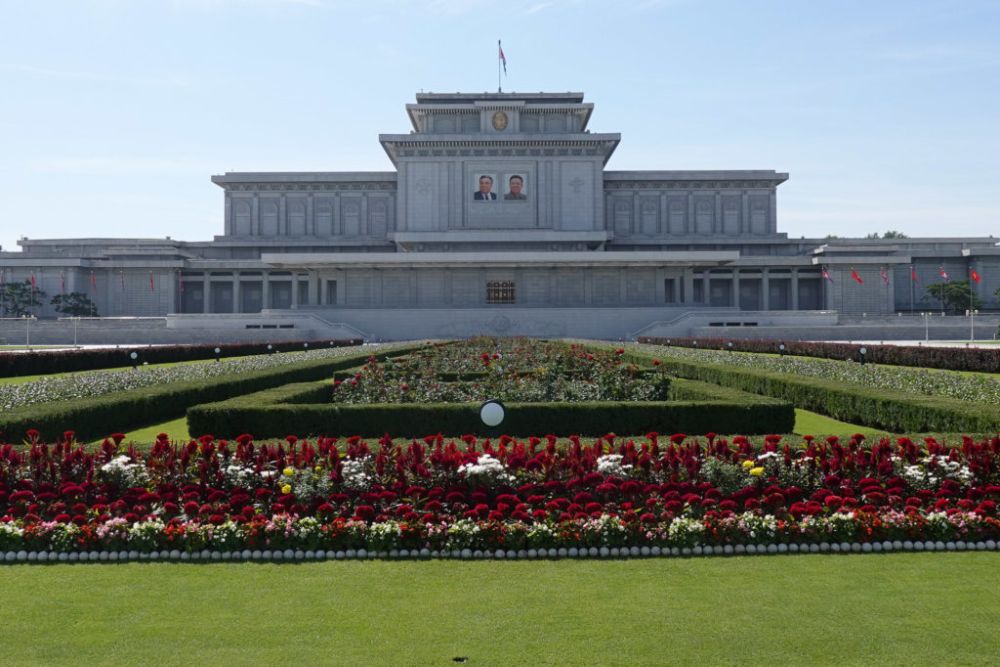

Kumsusan Palace of the Sun, originally known as the Kumsusan Assembly Hall, is one of the most significant landmarks in Pyongyang, North Korea. It holds immense historical and cultural importance as the mausoleum for the late leaders Kim Il-sung, North Korea's founding father, and his son, Kim Jong-il. The Palace was first constructed as the official residence of Kim Il-sung. Following his death in 1994, the building was transformed into his mausoleum, a process that took four years and reportedly involved extensive renovation work with materials sourced from all over the world.
The palace was reopened to the public in 1995 as a site to pay respects to Kim Il-sung, and in 2011, it was further refurbished to include the body of Kim Jong-il after his death. It stands as a testimony to the cult of personality established around the leaders in North Korea.
Tourism to the Palace is strictly regulated by the North Korean government. Visitors are usually part of guided tours, and there are a number of protocols that must be observed. Photography, speaking loudly, or gesturing is typically not allowed inside the mausoleum.
The country overall is known for its restrictive tourism policies; however, those who are granted the opportunity to enter North Korea often consider the Kumsusan Palace of the Sun as a must-visit destination. Most recent trends indicate an increase in themed tourism, where visitors are brought in as part of cultural or educational delegations. Such tours aim to provide a controlled yet immersive experience into North Korean ideology, culture, and history.
Within the broader context of Pyongyang tourism, Kumsusan Palace of the Sun is integral to the narrative that the North Korean government wishes to convey to visitors. Typically, a visit to the Palace is combined with tours of other notable sites such as the Mansudae Grand Monument, the War Museum, and Juche Tower to promote a particular image of North Korea.
Tourism to Kumsusan Palace of the Sun is undeniably shaped by the unique political and social landscape of North Korea. While the country's approach to tourism is unlike that of any other destination globally, the Kumsusan Palace offers an unparalleled insight into the reverence of leadership within North Korean society and the complexities surrounding its culture and history.